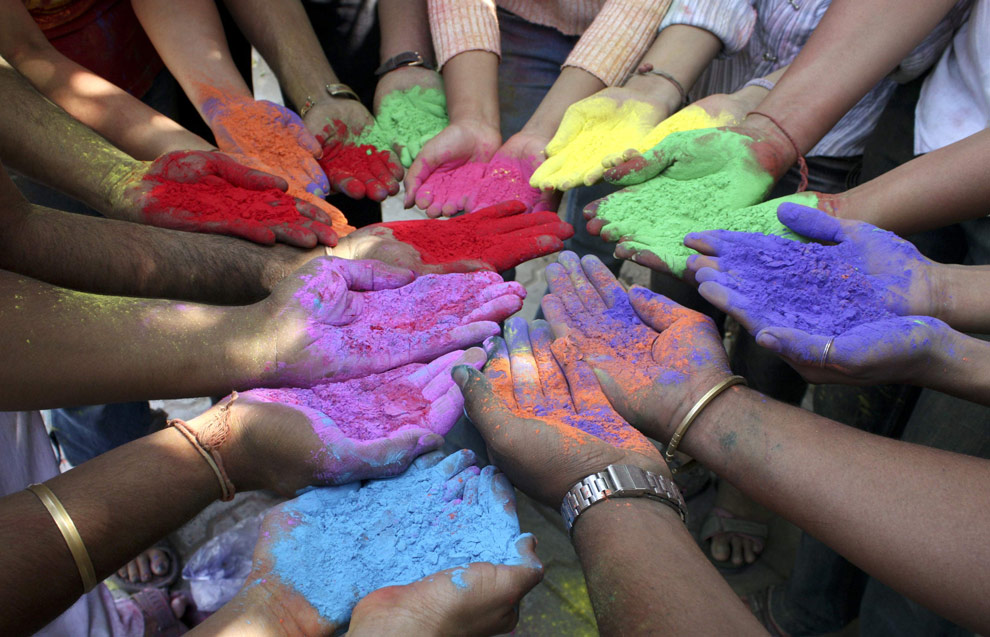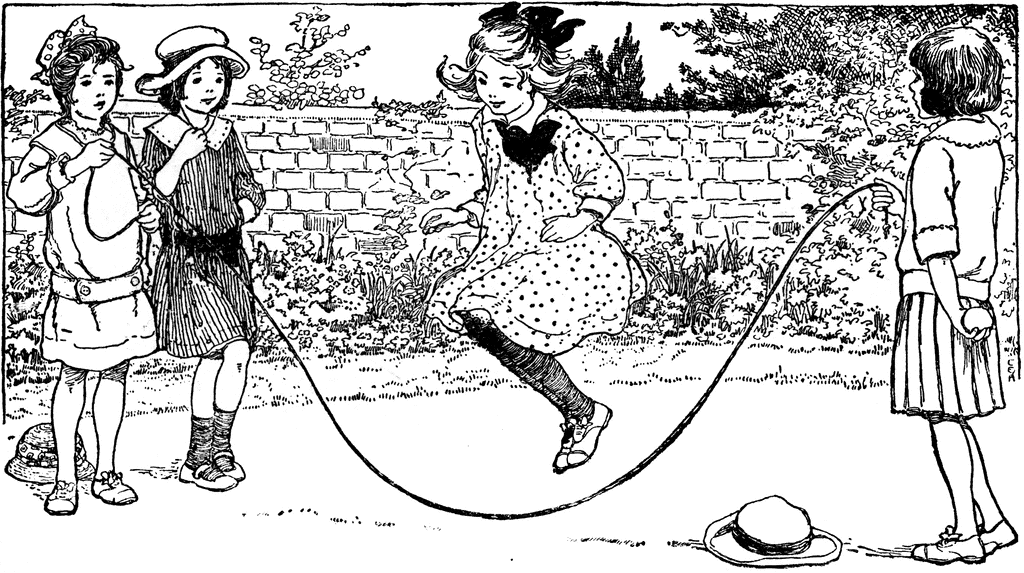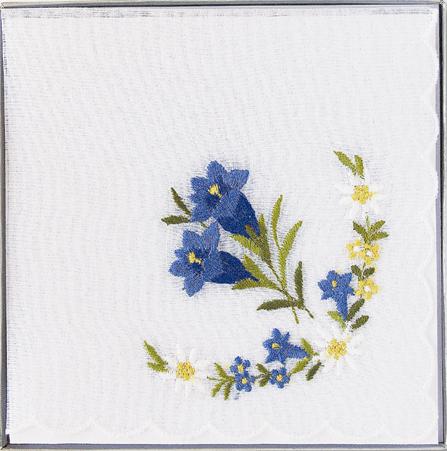Most people think that volunteerism is waste of time; it is more like adding value to your time. Volunteering gives me an opportunity to utilize my strengths and interact with various people. I was looking for a volunteer experience during my spare time rather just sitting around or gossiping. For many years I volunteered in public schools few hours a week. I can tell what I did was not just selfless act, because volunteering made me see new places, meet new people, learning new things and gives me new experience and is helping me grow as a new person every day. Volunteering in elementary school where my children went almost a decade ago, I could be in the midst of happy-go-lucky age group kids and I would feel one with them. Gradually when my children grew started hospital volunteering, I was fascinated to help the hospital staff and so started volunteering in local hospital and community clinic. Though I have quite volunteered in many places, now I am stuck with the hospital volunteering. Sometimes it takes a while to find the volunteer work that you like and really enjoy. I view a hospital as a building full of professionals who are trained to work together and as a team to help someone feel better. I am happy to be a part of the hospital staff, as volunteer, I wear the hospital shirt and a badge with “volunteer” on it. I volunteer in various departments for few hours a week. For me, volunteering in various departments helped me learn how to stay calm under pressure pays off more than my helping hand to them. I think it is more of win-win situation. I can’t express how wonderful I feel to see the smile on the patients’ face. Though monetarily not benefited, their appreciations take volunteers like me a long way. Volunteer work can rewarding on many different levels, especially beneficial for people that can keep their skill fresh while helping others. As if this was all not enough, I get a chance to make the world a little bit of better place at the same time. Let me conclude with ‘the state of Tennessee is nicknamed as the Volunteer State since Mexican War and war of 1812, when a call for 2800 volunteer brought out 30,000 men.’
"Volunteers do not necessarily have the time; they just have the heart."
-Elizabeth Andrew
















